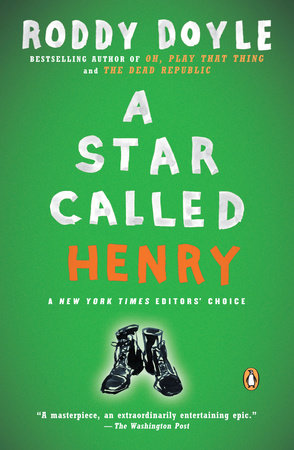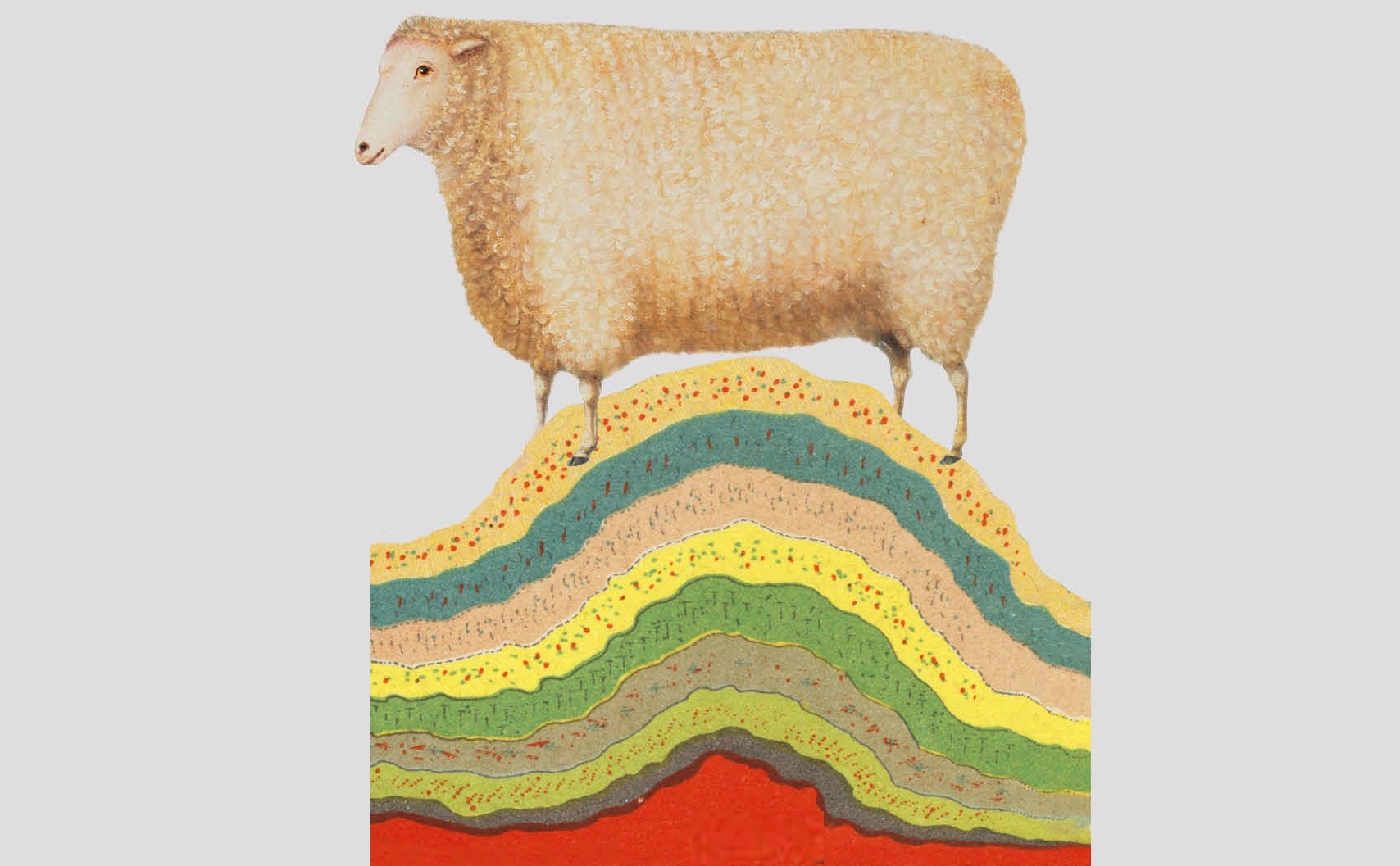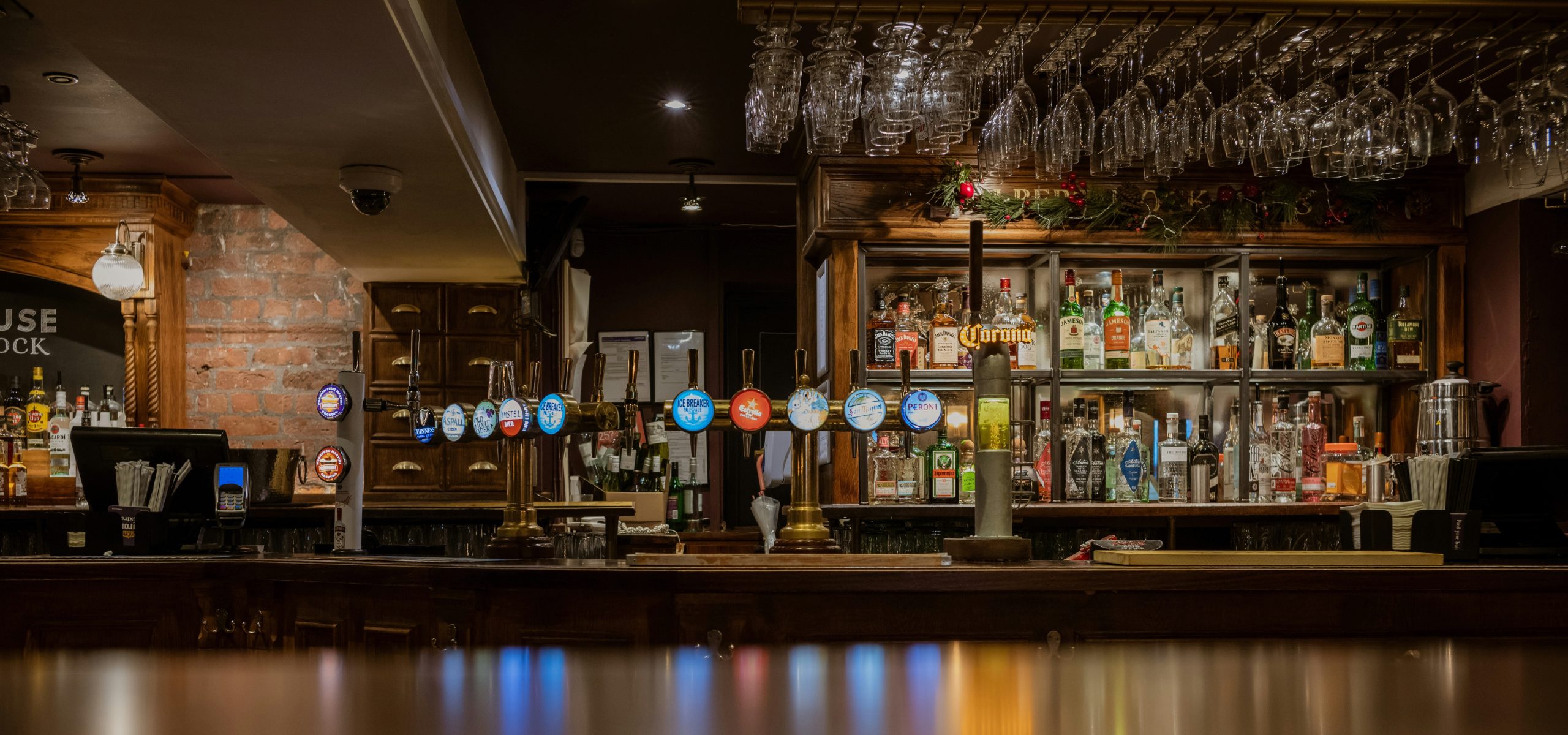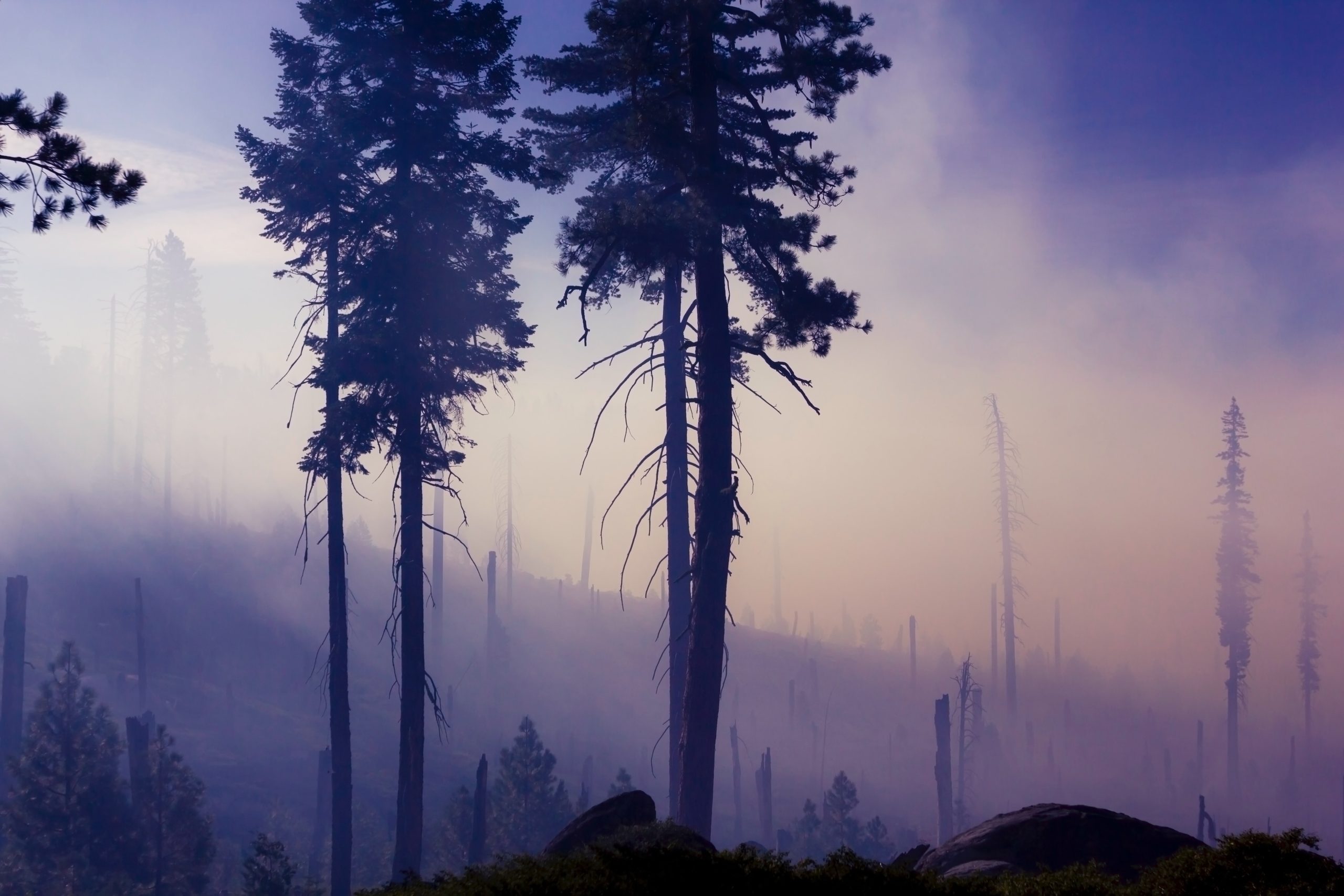Reading Lists
10 Hidden Gems of Irish Literature
Dan Sheehan recommends books about Ireland written by Irish writers

In Patrick McCabe’s dark phantasmagoria set in early 60s small-town Ireland The Butcher Boy, probably the most pitch-black Irish “comedy” you’re ever likely to read, the young, psychologically disturbed protagonist, Francie Brady, becomes somewhat obsessed with an outdated songbook owned by his father — a former trumpet player who drank his talent away — entitled Emerald Gems of Ireland. For Francie, neglected by his father, ridiculed by his rubbernecking neighbors and teetering on the edge of full-blown madness, these “emerald gems” are the treasured relics of an imagined past: a bucolic idyll still peopled by square-jawed revolutionaries and sober romantics, what Taoiseach (Prime Minister) Éamon de Valera, the High King of Gaelic Catholic fantasy, referred to in his 1943 St. Patrick’s Day radio address as “the Ireland that we dreamed of.” An Ireland long gone, if it ever really existed in the first place.
Thankfully then, in celebration of St. Patrick’s Day, we’re looking not to Emerald gems — the rose-tinted fool’s gold of Ireland’s wilderness years — but to hidden ones. More specifically, those works of Irish literature that may not have the global name recognition of, say, Ulysses or Dorian Grey, The Commitments or Brooklyn, but which have nevertheless made an indelible mark on the landscape of the country’s fiction.
Before we begin, a few ground rules:
— Nothing published in the last five years; poking out from underneath a thin layer of topsoil doesn’t count as hidden, according to the arbitrary rules I am making up as I go.
— If the book has been adapted into a feature length film seen by at least one non-Irish person, sorry but you (yes, you, newly anthropomorphized book) are also excused from duty (the court wishes to thank the aforementioned The Butcher Boy, as well as Breakfast on Pluto, Cal, The Dead, Darby O’Gill and the Little People, and, of course, the source material for the 2007 Gerard Butler-helmed tour de force: P.S. I Love You).
— The books must be, in some way, shape or form, about Ireland. It’s not sufficient to merely be an Irish author; if the work in question is set in an objectively less important place, like America or the UK or outer space or the afterlife, then the author is a traitor who thinks he’s too good for the old sod and his book is not getting near my list (I’m looking at you, Dracula).
All that firmly in mind, here, in no particular order, are my ten hidden gems of Irish literature:
Eureka Street by Robert McLiam Wilson
Set in 1990’s Belfast, amid peace negotiations and the prospect of a ceasefire, Eureka Street is a sometimes madcap, often biting and consistently hilarious story of two working-class Belfast friends — one Protestant and one Catholic — trying to find love and stability in their bomb-scarred city.
Foster by Claire Keegan
Keegan’s superb short story collections, Antarctica (1999) and Walk the Blue Fields (2007) are well worth tracking down, but for those of you looking for a lazier route into the author’s best work, Foster, a quietly powerful 88-page story about a young girl sent away from her dysfunctional home to live with a kindly older couple in County Wexford, published as a stand-alone book by Faber in 2010 and condensed to publishable length in The New Yorker, is the place to start.
An Béal Bocht (The Poor Mouth) by Myles na gCopaleen (Flann O’Brien)
Flann O’Brien is perhaps the preeminent Irish satirist of the 20thcentury, albeit one who had the misfortune to be plying his trade during one of the most depressingly stagnant, conservative and deadening artistic climates in the history of the Irish state. Written in Irish in 1941, under O’Brien’s newspaper column pseudonym Myles na gCopaleen (Myles of the Little Horses), An Béal Bocht — a parody of the misery lit Gaeltacht memoirs which were a cornerstone of the Irish language school syllabus — recounts the adventures of Bonaparte O’Coonassa, a native of one of these west of Ireland regions where abject poverty and the “sky crucifyings” of constant rain are the order of the day, every day.
Fishing the Sloe-Black River by Colum McCann
McCann’s first book of short stories— depicting protagonists old and young, straight and gay, anchored to home and far-flung —deservedly put him on the map back in 1994. Two magical realist tales in particular, “Cathal’s Lake” (in which the souls of victims killed in Northern Ireland are reborn as swans, unearthed from the ground by a stoic farmer) and the collection’s title story (26 middle-aged women line up on the water’s edge of a dying midlands town to fish for their emigrated sons) are as haunting and poetic a response to two of Ireland’s most debilitating socio-political issues as you’ll find in contemporary literature.
The Dead School by Patrick McCabe
Not one for the faint of heart, McCabe’s 1995 novel about the intertwining careers, and psychological breakdowns, of a young, ill-equipped school teacher and his pious, Old Ireland boss at a prestigious Dublin boarding school is a classic of the “Bog Gothic” subgenre (in itself pretty much created by McCabe). Children drown, people hang, muscular Catholicism crumbles and ghost pupils abound.
Midwife to the Fairies by Éilís Ní Dhuibhne
Though perhaps less well-known on this side of the Atlantic, Ní Dhuibhne, who received the Irish PEN Award for outstanding contribution to literature last year, is one of Ireland’s great short story writers. Her work often marries Celtic folklore with a subtle, probing insight into the lives of contemporary Irish women and nowhere is this better illustrated than in the title story of this collection, in which a disillusioned young midwife is called out, late at night, to assist in the birth of an unwanted child.
A Star Called Henry by Roddy Doyle
In contrast to some of the bleaker entries on this list, the first installment in Doyle’s “Last Roundup” trilogy — following the life and travails of young Dubliner Henry Smart as he flees from Ireland to America and back again over the course of the 20thcentury, interacting with historical titans along the way — is a warm, comic joy, as well as a stained glass window into the Irish Republic’s revolutionary beginnings. Henry escapes the Dublin tenements, leads guerrilla battalions in the War of Independence, wrestles with Michael Collins and elopes with a feisty schoolteacher, all before his twenty-first birthday.
The Dark by John McGahern
Before his death in 2006, McGahern was hailed by many as “the greatest living Irish novelist.” In quiet, restrained prose his novels and short stories explore the constricting nature of post-independence rural Ireland, and the younger generation’s desire to break free from its shackles. Though 1990’s Amongst Women is considered his masterpiece, The Dark — a bleak coming-of-age story about the consequences of parental and clerical child abuse — is perhaps his most painful, emotionally charged work. Not only was the novel banned in Ireland in 1965 for its “obscene and indecent” content, but McGahern was also fired from his Catholic school teaching job because of it.
How Many Miles to Babylon? by Jennifer Johnston
Short, lyrical and devastating, Johnston’s 1974 novel about two young Irish men from markedly different class backgrounds, brought together by their shared passion for horses but forced to conduct their adolescent friendship in secret before being divided once again, this time by rank, in the anarchic hellscape of the first World War.
A Goat’s Song by Dermot Healy
Making a strong case for the most overlooked, under-appreciated writer on this list, both at home and abroad, Dermot Healy began his writing career as a sort of vagabond, living a nomadic emigrant’s life in London for 15 years before his first book was published in 1982. To say that his 1994 existential opus A Goat’s Song is ambitious in scope would be a pretty significant understatement. Ostensibly the story of a doomed love affair, the novel is also about the violence of the Troubles in Northern Ireland, the myths of the rural West, Ireland’s religious divisions, the weight of lineage and the ache of the outsider. There’s a lot going on, but it’s well worth the investment.


















